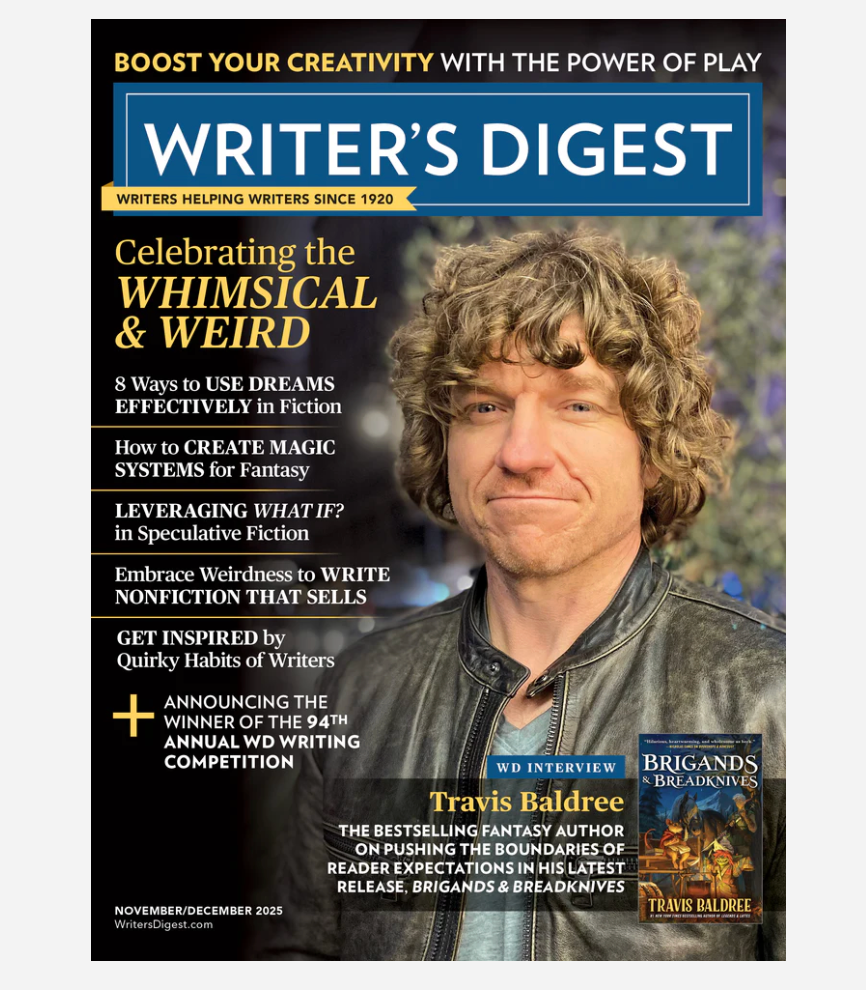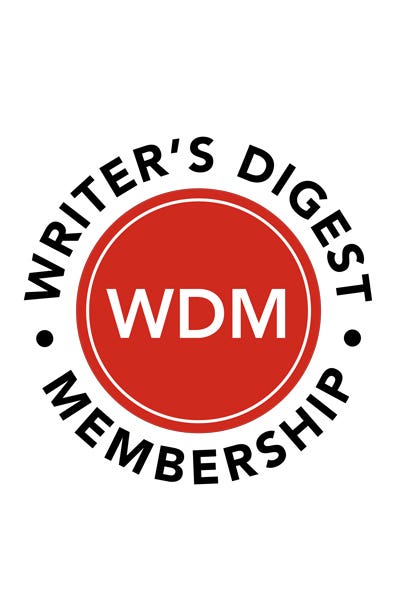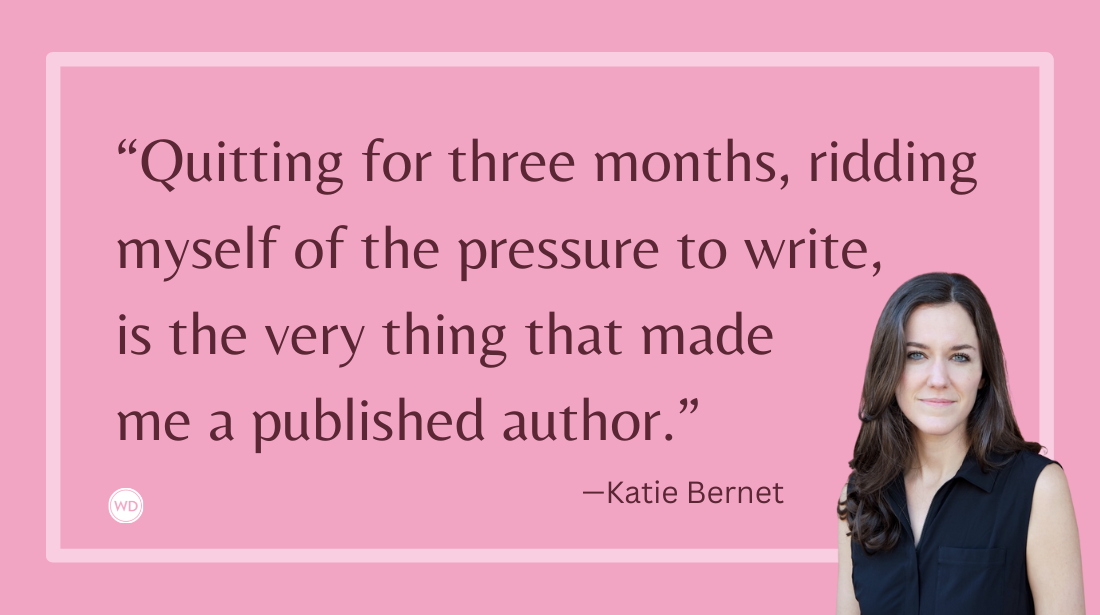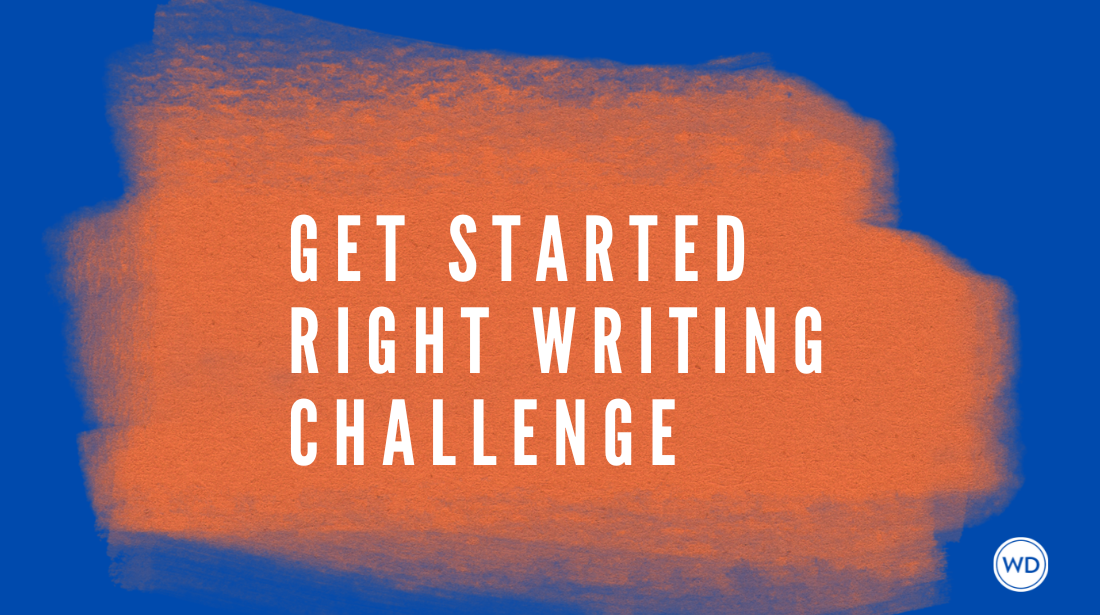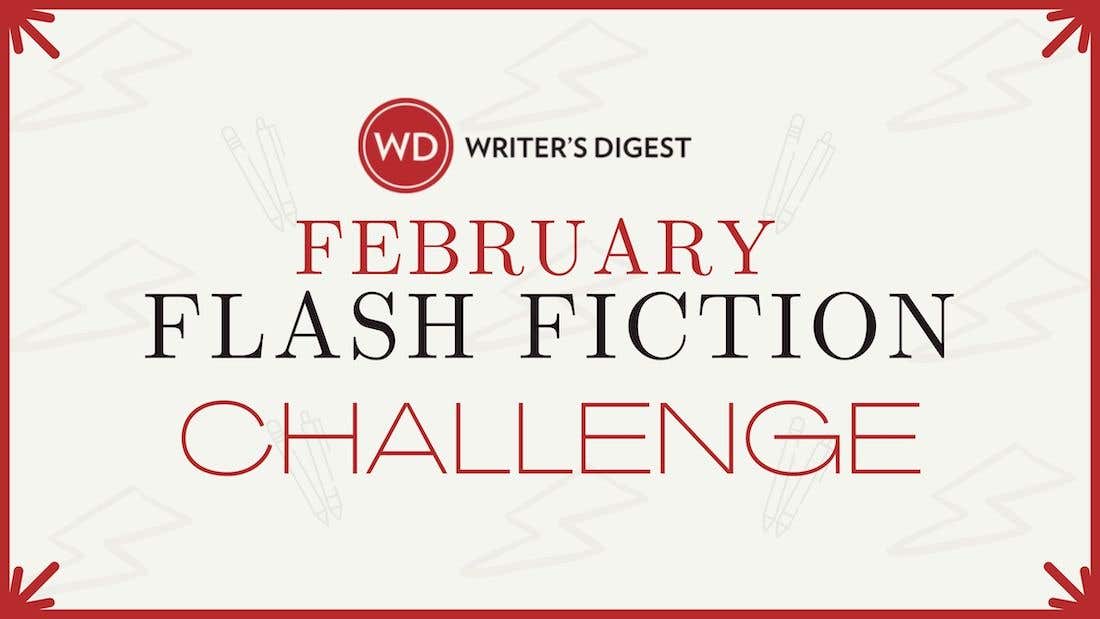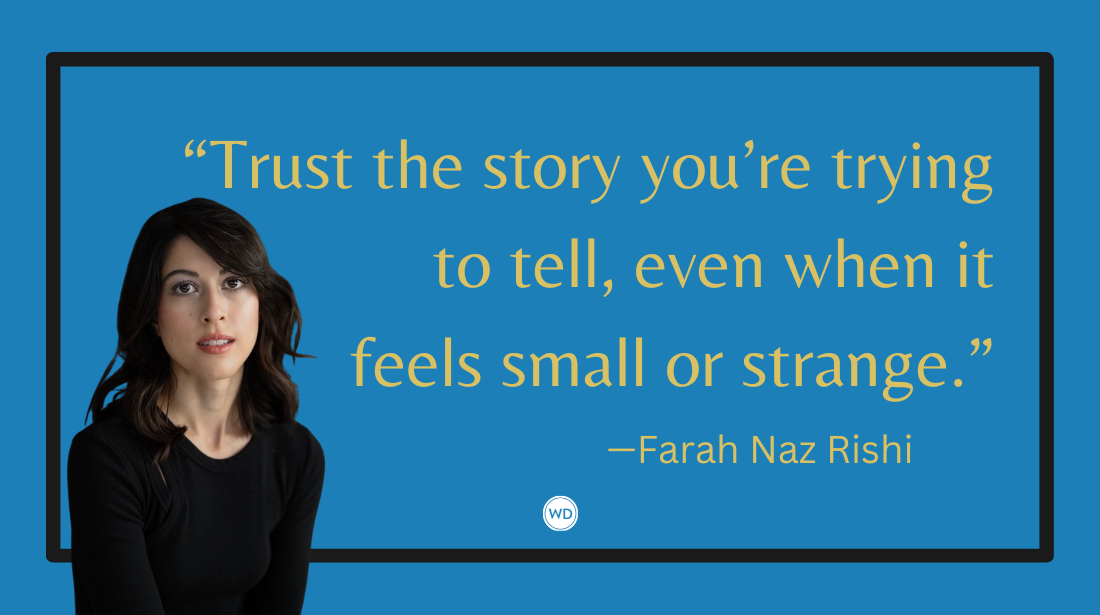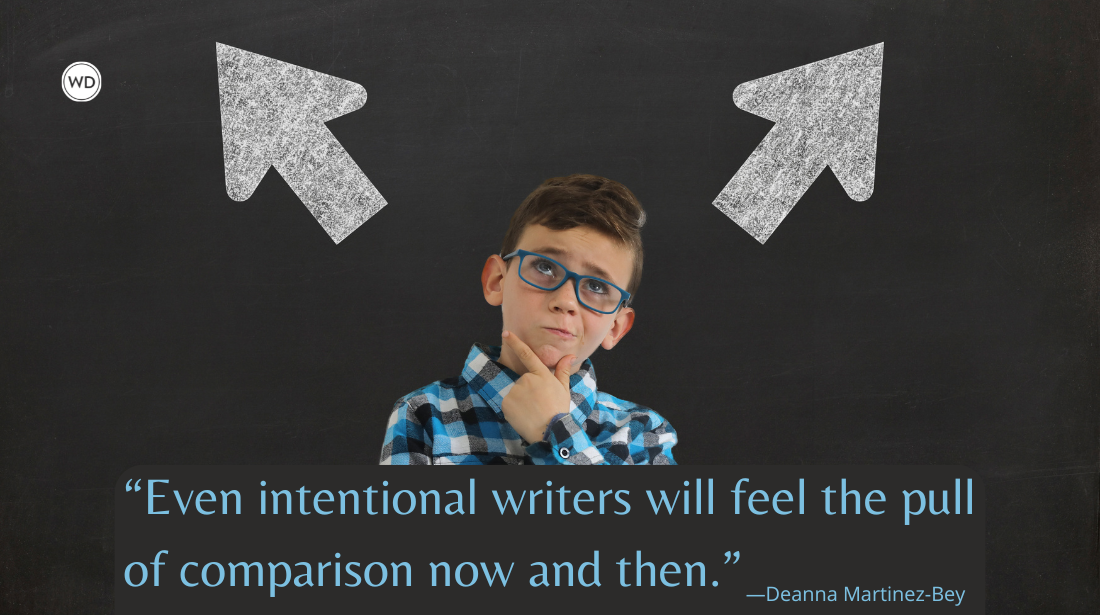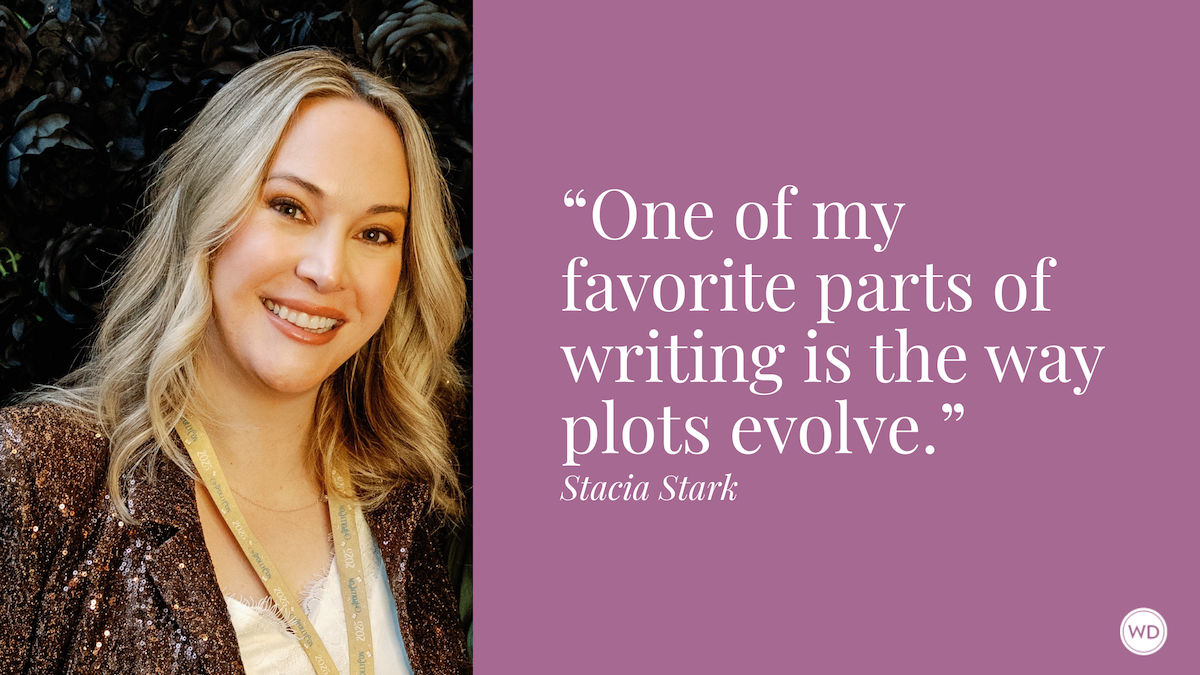Amy Lea: On People-Watching Inspiring Romance
Author and bureaucrat Amy Lea discusses writing meet-cutes and meet-not-so-cutes in her debut romantic comedy novel, Set On You.
Amy Lea is a Canadian bureaucrat by day and contemporary romance author by night (and weekends). She writes laugh-out-loud romantic comedies featuring strong heroines, witty banter, mid-2000s pop culture references, and happily ever afters. When Amy is not writing, she can be found fan-girling over other romance books, eating potato chips with reckless abandon, and snuggling with her husband and goldendoodle. Learn more online at amyleabooks.com, and find her on Twitter, Facebook, and Instagram.
In this post, Amy discusses writing meet-cutes and meet-not-so-cutes in her debut romantic comedy novel, Set On You, overcoming rejection, and more!
Name: Amy Lea
Literary agent: Kim Lionetti, BookEnds Literary
Book title: Set On You
Publisher: Berkley/Penguin Random House
Release date: May 10, 2022
Genre/category: Contemporary Romance/Romantic Comedy
Elevator pitch for the book: Set On You is about a curvy Asian fitness influencer who reluctantly falls for her muscly gym nemesis, only to find out their grandparents are getting married.
IndieBound | Bookshop | Amazon
[WD uses affiliate links.]
What prompted you to write this book?
The inspiration for Set On You started with me spending time in the gym people-watching. As an avid romance reader, I can find inspiration for love wherever I go. While dying and profusely sweating in a spin class, it suddenly came to me that the gym would be the perfect place to meet someone. There’s just something about public settings where people congregate semi-regularly that is ripe for flirting and meet-cutes. Especially a place like the gym where people put their hearts and strongest selves out on the floor.
Conversely, wherever there’s an opportunity for a meet-cute, I also think there’s an opportunity to create a meet-not-so-cute. While the gym is a generally positive space, it’s also a scrumptious setting for competition, with ample opportunities to outrun or outlift the person next to you, particularly if you have a competitive streak like Crystal and Scott. Also, every gym-goer has a list of gym pet peeves (i.e.. people who don’t wash the machines after use), which was another easy way to add tension between the characters.
How long did it take to go from idea to publication? And did the idea change during the process?
I began writing Set On You in late 2019, queried to literary agents in May 2020, and sold it to Berkley/Penguin Random House in August 2020. While that seems like a short period of time, Set On You is technically the third book I wrote. I’d queried another book prior, which received A LOT of agent rejections.
Something I learned early on was that, contrary to popular belief, rejection comes with the territory of being an author, whether it’s rejection from agents, editors at publishing houses, or readers. While writing is such a solitary job, it helps to know through talking to other writers that we aren’t alone in facing rejection at every stage. Overcoming rejection is something that all authors go through. My advice is to never give up, take criticism when it’s constructive, and keep writing!
Interestingly, the official publishing date is exactly two years from the date I first queried it. Another thing I learned throughout this process was to celebrate all the wins along the way, because with every milestone, your goal post moves to wanting the next thing.
Set On You is the fastest book I’ve ever written. The words poured out of me and I had a workable rough draft in about two months. However, my self-editorial process took an additional two months to rework some plot issues, flesh out, and refine.
From idea to publication, the core plot didn’t change. However, I massaged the character arc, as well as the timeline of events during self-edits prior to querying to agents. By the time my book went to my agent and my editor at Berkley, the edits were fairly light.
Were there any surprises or learning moments in the publishing process for this title?
Set On You is my debut, so every step of the way on this journey has been a learning moment, from writing craft to publication.
Learning about the industry writ-large has especially been an eye-opening process. The amount of work it takes to get a manuscript from the query stage, to submission, to publication is immense. I had no idea so many hard-working publishing folks were behind the publication of a single book.
Not only does your editor work hard to ensure the book is the best it can be, but there is also your editor’s assistant, copy editors, proofreaders, the art department, formatting, sales, marketing, public relations, audio, and beyond. It truly takes a village to publish a book!
With all of these steps to publication, I have also begun to learn the art of patience in an industry that can be very slow at times yet lightning fast at other times.
Were there any surprises in the writing process for this book?
Absolutely. As I said earlier, Set On You is technically the third book I’ve written, but when I first put pen to paper, I still had a lot to learn in terms of genre conventions, beats, pacing, tension, humor, and how to develop fulsome character arcs.
In my first few books, I pantsed it (meaning I wrote by the seat of my pants with no forethought regarding the plot). In addition, I didn’t fully flesh out who my characters would be ahead of time. This resulted in running into multiple dead-ends plot-wise, relying too much on external plot, and subsequently being unclear as to what was going on in the character’s head.
As I kept writing, I realized that while I didn’t need a fully fleshed out plot to begin writing, it helped roughly to plan the beats and understand who my characters are and the journey they need to go through from start to finish (i.e.. how they will change by the end of the book).
Despite the fact that I now do character outlines before writing, my characters always surprise me because they tend to do things I never planned for them to do in my initial outlines. It never fails to amaze me how characters have minds of their own and come to life on the page. For example, I envisioned Scott to be an alpha type and Crystal to be the one who initiated most of the banter in the gym. But as I wrote, I realized Scott wanted to be a slightly softer character who wears his heart on his sleeve to balance Crystal’s tough exterior.
By the time I started writing Set On You, I’d also realized that my creativity ebbs and flows at certain times in the day, and for different purposes. I have a full-time job, which leaves me little time to write. However, I do find I’m most creative and meticulous at night, which is the best time for word smithing and editing. Conversely, I find I have the most energy to fast-draft and get a lot of words down earlier in the day.
What do you hope readers will get out of your book?
My dream is for readers to giddily squeal into their pillows while reading Crystal and Scott’s love story.
But I also want readers, particularly those who don’t conform to Western societal beauty standards, to know that while loving yourself is such an important goal, it’s OK to feel doubt sometimes. I want readers to recognize that the onus isn’t all on you—society needs to normalize marginalized bodies as being worthy.
And even more importantly, I want everyone, no matter what your size or your race, or marginalization, to come away from this story with hope that they too, deserve a happily ever after. That they deserve to be a main character in their own story.
If you could share one piece of advice with other writers, what would it be?
My advice for aspiring authors is to find your community and nurture it early. Whether your community is other writers or readers, having a support system throughout the inevitable highs and lows of your journey to publication is so important.
For me, I have found community both through fellow writers at my publisher, as well as on Bookstagram with the readers. I started out in the Bookstagram community as a fellow reader, reviewing and hyping up other books. Through this, I was able to form genuine friendships and connections with other avid romance readers as a fellow fan-girl, and not the other way around, as an author.
Now that I’ve transitioned into being an author, my Bookstagram peers have rallied behind me at every step through my publishing journey by beta reading, announcing my deal, supporting my cover reveal, etc., and I am so grateful for them.


